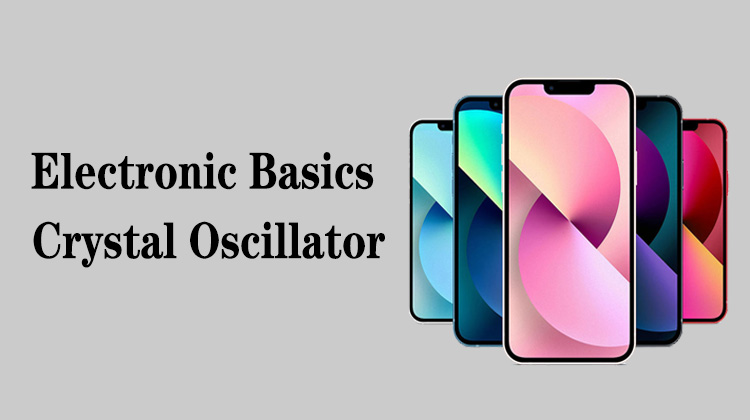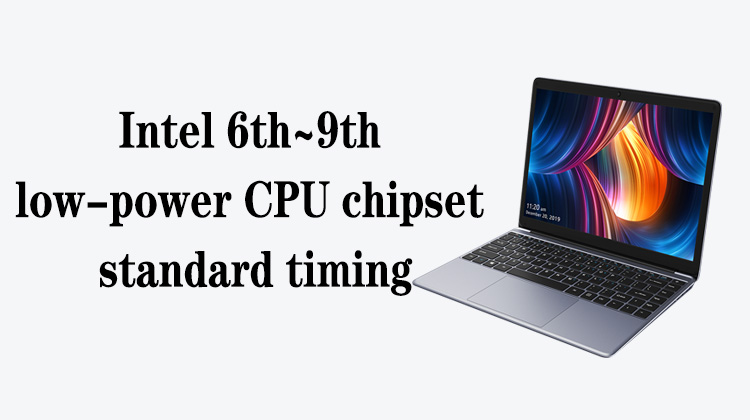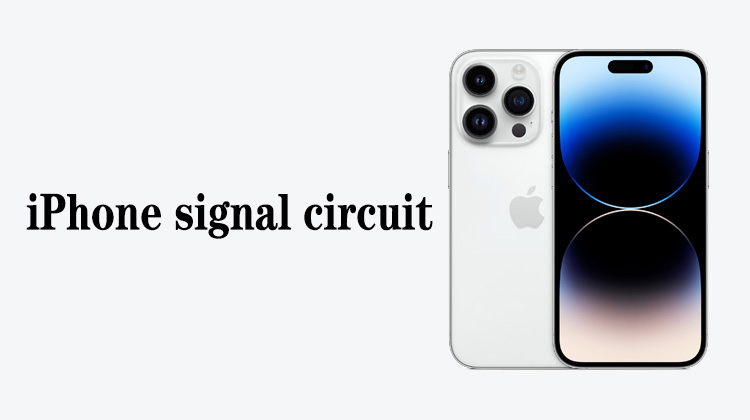1
00:00:00,466 --> 00:00:03,533
Recognition and Measurement of Electronic Components
2
00:00:04,233 --> 00:00:07,933
This video mainly demonstrates the identification of the crystal oscillator
3
00:00:07,933 --> 00:00:12,500
and its parameters by combining the physical map with the bitmap and the schematic diagram
4
00:00:13,100 --> 00:00:15,100
This is the mainboard of the iPhone 12
5
00:00:16,133 --> 00:00:19,566
It is not easy to find the crystal oscillator in the real object,
6
00:00:20,900 --> 00:00:24,066
because the appearance of the crystal oscillator has many shapes
7
00:00:25,066 --> 00:00:28,166
The crystal oscillator in the mobile phone mainboard is a chip type,
8
00:00:28,433 --> 00:00:29,866
and it is relatively small
9
00:00:30,366 --> 00:00:33,566
Some crystal oscillators are similar in shape to chips
10
00:00:34,600 --> 00:00:39,400
Without looking at the bitmap or schematic diagram, it is impossible to identify
11
00:00:39,600 --> 00:00:42,933
Next, let's check the physical crystal oscillator in the main board
12
00:00:43,333 --> 00:00:45,666
Below the CPU on the front of the mainboard,
13
00:00:46,233 --> 00:00:50,166
there is a crystal oscillator with four pins, marked T240
14
00:00:51,833 --> 00:00:54,266
The surface is a silver-white metal shell
15
00:00:55,466 --> 00:01:00,600
On the top of the CPU, there is a metal appearance, marking T271,
16
00:01:00,866 --> 00:01:02,833
which is also a crystal oscillator
17
00:01:04,166 --> 00:01:06,400
At the upper left corner of the baseband,
18
00:01:07,433 --> 00:01:11,166
there is a metal-appearance logo component T384,
19
00:01:11,766 --> 00:01:13,766
which is also a crystal oscillator
20
00:01:15,833 --> 00:01:20,466
There are also some crystal oscillators whose appearance is similar to the shape of the chip,
21
00:01:20,766 --> 00:01:23,733
and we cannot distinguish them in the physical picture
22
00:01:24,233 --> 00:01:27,466
We can use the bitmap or schematic diagram to view
23
00:01:29,200 --> 00:01:34,600
In the bitmap or schematic diagram, the crystal oscillator is identified by X or Y
24
00:01:35,000 --> 00:01:40,233
The current component identification Y3602 represents a crystal oscillator
25
00:01:40,566 --> 00:01:44,700
We can jump to the schematic diagram to view the parameters of the crystal oscillator
26
00:01:46,266 --> 00:01:49,700
Y3602 is a crystal oscillator with four pins,
27
00:01:50,066 --> 00:01:54,566
of which pin 1 is NC, idle pin, and pin 4 is grounded
28
00:01:55,233 --> 00:01:56,766
Pin 3 is the power supply,
29
00:01:57,133 --> 00:01:59,066
pin 2 is the clock output pin
30
00:02:00,433 --> 00:02:04,933
The frequency of the crystal oscillator is 32.768KHz
31
00:02:05,900 --> 00:02:11,000
Another example is the crystal oscillator we saw in the lower right corner of the CPU just now,
32
00:02:11,500 --> 00:02:13,466
its number is Y1000
33
00:02:13,966 --> 00:02:18,233
We can jump to the schematic diagram to view the parameters of the crystal oscillator
34
00:02:19,600 --> 00:02:23,633
The Y1000 crystal oscillator is also a four-pin crystal oscillator,
35
00:02:23,833 --> 00:02:26,200
of which pins 2 and 4 are grounded,
36
00:02:26,666 --> 00:02:30,700
and pins 1 and 3 represent the input and output of the crystal oscillator
37
00:02:31,566 --> 00:02:33,766
And its frequency is 24MHz
38
00:02:35,833 --> 00:02:37,633
Ok, that's it for this lesson







